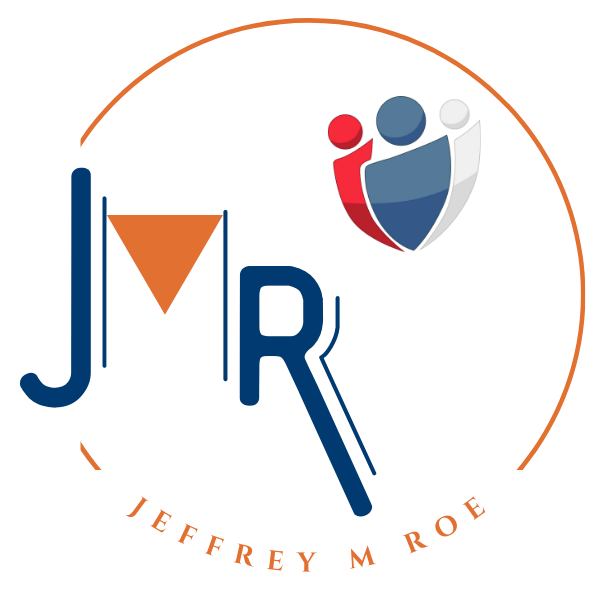Leadership Development Must Be a Strategic Capability
Leadership development is no longer a side initiative. In today’s dynamic landscape—where disruption is constant and talent expectations are rising—organizations need leaders who can both steady the ship and steer it toward new opportunity. Unfortunately, many leadership programs remain static and outdated, out of sync with the challenges executives face in real time. Leadership pipelines are thinning, and business continuity is at risk.
To meet this moment, high-performing organizations are rebuilding their development models around strategic business alignment, agility, and inclusive growth. According to a 2025 Gartner report, “only 26% of HR leaders are confident in their organization’s current leadership bench.” That statistic isn’t a warning—it’s a wake-up call.
1. Business-Backed, Not HR-Owned
Leadership development that drives impact must be co-owned by the business—not just managed by HR. The most effective organizations treat talent as a core lever of growth, embedding leadership capability into enterprise strategy. Programs are shaped by business outcomes, not competency lists, and backed by executive sponsorship from day one.
As McKinsey & Company notes: “Companies that tightly link leadership development with business strategy are 2.4x more likely to be among the top financial performers in their industry.” Alignment matters—because leadership isn’t a perk. It’s a performance lever.
2. Experience Over Instruction
Leaders aren’t developed in classrooms—they’re forged in the fire of real challenges. Programs that focus solely on theory or case studies often fail to shift behavior. Instead, growth comes from high-stakes experiences: navigating a major product launch, managing a turnaround, or leading during organizational change.
Gartner found that organizations leveraging experiential learning saw a 48% improvement in leader agility and a 36% increase in promotion readiness. Real impact happens when learning is immersive and immediate.
3. Future-Focused Competency Mapping
Outdated leadership models are one of the quiet killers of agility. Organizations must define the specific competencies that will drive transformation—not just manage stability. This means evolving beyond vague traits like “strong communicator” and instead emphasizing forward-facing capabilities like systems thinking, enterprise-wide accountability, and inclusive leadership.
According to Deloitte’s 2024 Human Capital Trends report, “Organizations with future-ready leaders are 3.4x more likely to outperform their peers in innovation, customer satisfaction, and profitability.” Leadership strategy must keep pace with business transformation—or risk irrelevance.
4. Integrated With Succession Planning
Leadership development disconnected from succession planning is a missed opportunity. When talent pipelines are mapped directly to future business roles, organizations gain resilience and agility. It’s not just about who’s next—it’s about who’s ready now.
In a 2025 SHRM study, 58% of HR professionals said their organizations lack a formal succession plan. Without intentional integration, organizations are forced into reactive decision-making that weakens culture and undermines continuity.
5. Psychological Safety & Adaptive Feedback Loops
Leaders cannot grow in environments where vulnerability is seen as weakness. High-performing leadership development programs create space for experimentation, failure, and course correction. They are grounded in coaching, peer learning, and honest feedback loops that evolve with the leader.
Dr. Amy Edmondson of Harvard Business School writes: “Organizations that cultivate safety unlock a powerful performance advantage. People engage more, learn faster, and collaborate better.” Leadership is not about certainty—it’s about navigating complexity with humility and clarity.
6. Measurement Tied to Business Impact
Attendance is not an outcome. Modern leadership programs are measured by the business value they create—higher engagement, stronger team performance, faster innovation, and improved retention. Strategic HR teams collaborate with Finance and Operations to connect leadership growth with real performance indicators.
According to Harvard Business Review, companies that measure the ROI of leadership development see a 29% increase in program effectiveness. Clear metrics create accountability—and build a compelling case for sustained investment.
7. Inclusive by Design, Not Afterthought
The face of leadership is changing—and development programs must keep pace. Inclusive design starts with rethinking how potential is identified and nurtured across all demographics. Organizations that invest in building diverse leadership pipelines are not only more equitable—they are more innovative, profitable, and adaptive to market shifts.
A McKinsey 2023 report found that companies in the top quartile for ethnic diversity in executive teams were 39% more likely to outperform on profitability. Inclusion isn’t just a value—it’s a strategic asset.
Final Word: Leaders Aren’t Born. They’re Built—Intentionally.
We’re long past the era of charisma and instinct as the primary qualifiers for leadership. The future belongs to those organizations that develop leadership as a strategic capability—on par with technology, operations, and finance. This requires investment, design, and commitment at the highest levels.
The companies that win in this decade will be those that treat leadership development not as a perk, but as a competitive advantage.
💡 5 Key Takeaways
- Leadership development must be built into core business strategy, not isolated in HR.
- High-stakes experiences drive deeper growth than classroom instruction.
- Competency models must reflect future roles, not past expectations.
- Succession planning and leadership pipelines must be integrated and intentional.
- Inclusive leadership is no longer optional—it’s a growth imperative.
Looking to transform your leadership development strategy in 2025? Connect with me on LinkedIn.

